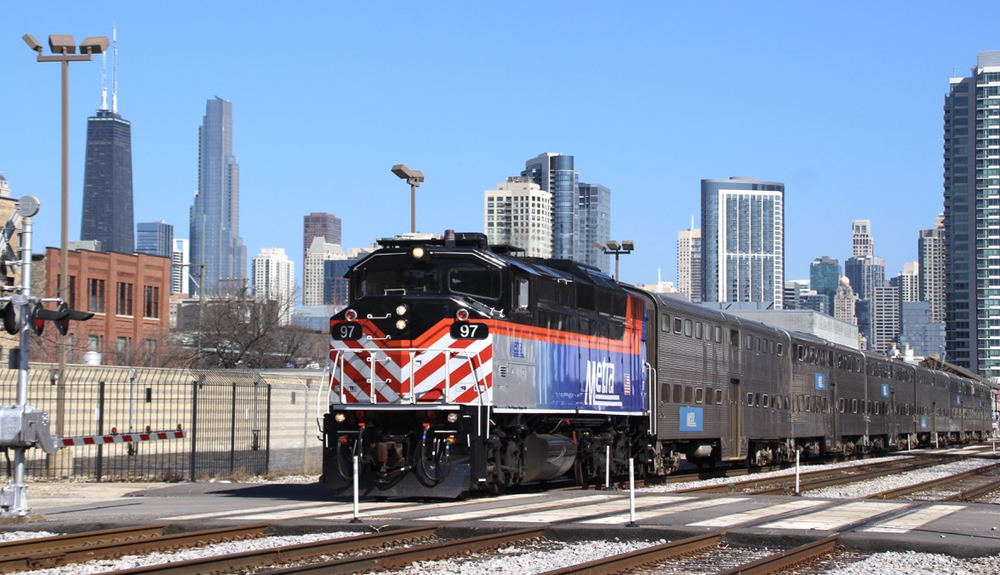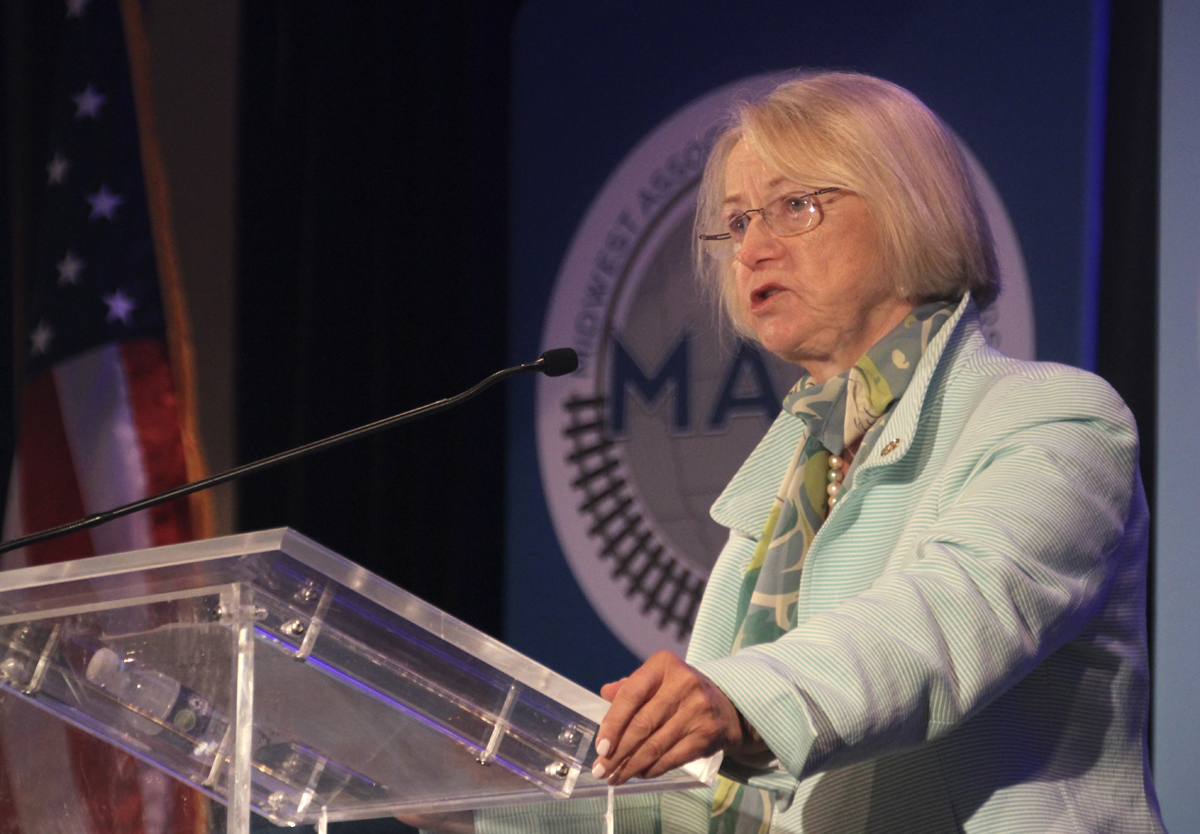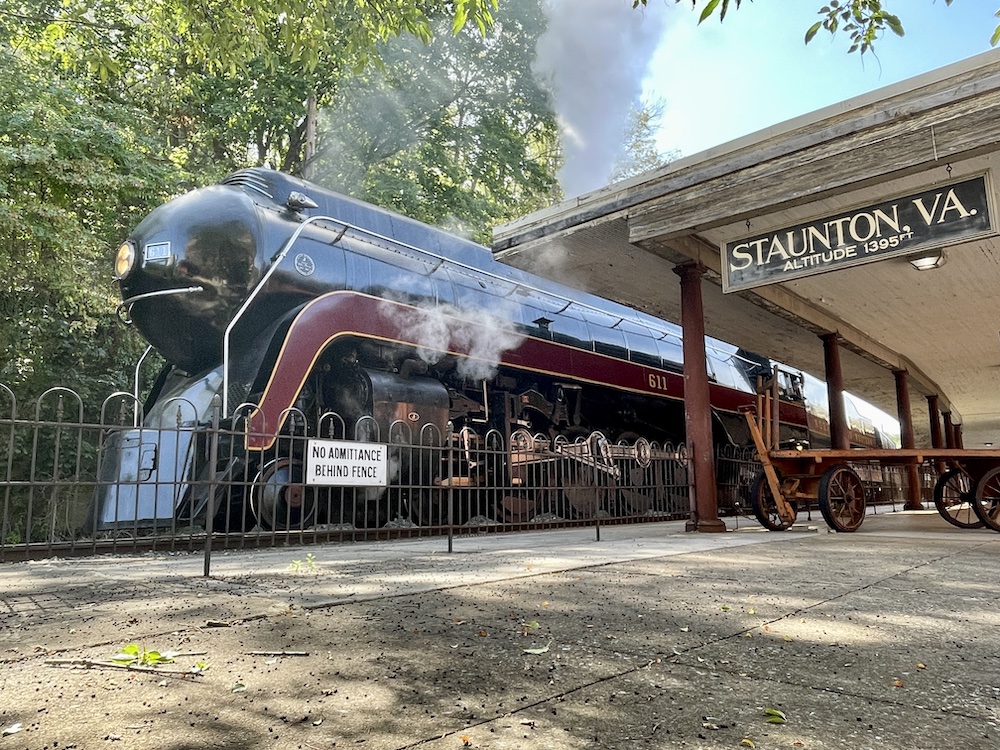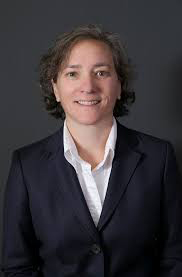
CHICAGO — Metra’s board of directors has voted to maintain its current special post-pandemic fare discounts — a $100 flat-rate “Super Saver” monthly pass and $10 and $6 day passes — through the end of 2023 as part of the operating budget for the coming year approved on Friday.
The current fare structure was one of several options that also included monthly passes at a higher rate than the current pass but lower than the regular pre-pandemic formula that determined the price.
“We hope that these flexible and affordable fare products will continue to draw former and new riders to our system and continue to grow our ridership,” Metra CEO/Executive Director Jim Derwinski said in a press release. “Part of our commitment to My Metra riders is to offer service and fares that meet their evolving needs.”
The budget approved Friday matches the proposed $980 million operating budget and $504.6 million for capital projects introduced in October [see “Metra releases draft budget, new strategic plan,” Trains News Wire, Oct. 14, 2022]. The operating budget is an 8.9% increase, reflecting inflation, contract cost increases, and the costs of restoring service to pre-pandemic levels. The largest portion of the capital budget is a $119.5 allocation for station reconstruction.














In the quarter century plus that I commuted to work on mass transit we had at least 8 fare increases. In the last qtr century how many gas tax increases have there been? ZERO! The Fed gas tax has not increased since Bill Clinton was in office in 1998. Since 2008 when the Hwy Trust Fund became insolvent due to the arrogant & entitled attitude of American drivers the Treasury has been tapped to the tune of $80 billion or more to cover drivers joyriding adding to the deficit so many on this site refer to when it comes to mass transit & passenger rail. If we raised the gas tax to where it should be & was proposed to make Hwys self sufficent there would be a big increase in transit riders. Problem solved!
Motor fuel tax redirection to transit at the federal level is typically not used for operations but for capital expenditures. Rail cars, etc.
Fare increases go to operations. Paying for conductors, operations managers, ticketing, revenue accounting. They all have COLA’s.
Recently Congress has been allocating tax based general revenue for rail related projects in the form of grants.
The Highway Trust Fund is insolvent, not because of tapping it for transit capital, but because the Feds and the related states refuse to raise their motor fuel taxes.
Freight railroads do contribute fuel tax revenue with their large purchases of diesel fuel. But these revenues are not redirected to roads. They pay for projects like Chicago’s CREATE, LA Basin’s low pollution engines, grants for short line rehabilitation.
What Metra really needs to rebuild ridership is to restore express service. I know people who used to ride Metra who don’t now because what used to be a 35 minute ride is now a 50 minute ride or longer. The UP West Line in particular is a shadow of its former service.
I agree Ed.
A couple factors weigh into declining express service on the UP West Line.
The CNW as a MOW cost reduction exercise removed a large number of intermediate switches between Proviso and and Geneva throughout the 60’s and 70’s. The BN kept their switches in place between Cicero and Aurora.
By the 1990’s Metra express services on the UP West Line was reduced to merely a couple of “block expresses” that were offered at just 1 time daily. A side effect of this reduction was less interference with slow freights moving in and out of Proviso. But it made for some pretty crowded trains.
Since the UP acquisition, UP has restored some but not all of the intermediate switches in the same zone, mostly to enhance freight movements using the center track.
I am sure if Metra paid UP to place more switches between Proviso and Geneva to support more Metra express volume, they would probably accept it as long as it also enhanced freight dispatching as well.
As a former Metra customer, that $100 flat rate super saver is a good deal, especially if you live in Zone D or farther.
As for answering Mr. Landey’s question, you are correct, different parts of Metra’s budget has different sources. Operating budgets are supported by the fare box, sales tax revenue from both state and redirects from the federal budget.
Capex pays for not only physical plant, but also gets contributions from the state and local authority for station upgrades. Why? Because in many cases those same stations also serve as Pace bus transfers, or reside on municipally owned property.
But there is something to be said at a level no one wants to talk about. The Chicago RTA still operates as it did when it was formed in the 1970’s. It is 3 distinct entities with their own boards and administration. Metra for heavy rail, CTA for Chicago only light rail & bus and PACE for suburban bus.
While Chicago has political representation on the RTA board, they absolutely refuse to carry any suburban (meaning non-Cook) representation or abdication of their political control of the CTA. The last time this issue was broached was when the CTA was pushing to get fed funding to extend the line to O’Hare Airport.
So the Metra and PACE boards also started pushing for funding to get services into O’Hare from the west side. DuPage County even designed a future highway to support a Metra style transit to O’Hare. Chicago blocked it. So we got the O’Hare transfer station for Metra in the rental lots instead (which I have used).
When Chicago wanted to expand O’Hare (again), instead of using the RTA, ISTHA (toll road) was used instead to get leverage.
For years, watchdogs have tried to get the RTA to streamline and shed the provincialism with the 3 agencies, but the CTA just plain refuses.
The next “war” will be when additional collar counties request to be added to the RTA system and it will probably require a shift in RTA board representation at Chicago’s demand.
Excellent points/observations, Mr. Rice. What’s behind the “CTA just plain refuses is Chicago mayors and their followers like the President of the Cook County Board all about control. If they can’t control it, they don’t want it. Chicago mayors’ seemingly unshakable outlook is CTA belongs to the city Democrats and Metra, and I guess Pace, as belong to the suburban Republicans. That’s true of the current mayor, who not long ago trashed a plan to terminate certain South and Southeast side CTA bus routes at Metra Electric District mainline and South Chicago Branch stations and get those bus riders to/from downtown on the train (don’t recall what transfer/fare arrangements that provided). Mayor Lightfoot screamed a resounding “NO”. She claimed that would reduce CTA ridership. A prime example that was of not seeing that each mode is part of a whole. Before that, Mayor Emmanuel in a meeting made an unnecessary and unsolicited comparison between CTA and Amtrak saying the CTA Carrie’s more passengers in a month than Amtrak carries in a year, or some variation on that theme. Back during the Richard M. Daley years the city and Clinton administration “took care” of how to better connect McCormick Place with downtown Chicago hotels, especially during high attendance exhibitions/events. Metra Electric was tacking a 23rd Street/McCormick Place stop on all off-peak trains weekdays and Saturdays that were not scheduled to stop there. But Sundays were a problem. Service had been reduced to trains every 2 hours both to South Chicago and south suburban University Park. So a downtown-McCormick Place shuttle operation was implemented to fill the service gaps. Problem was (and I think still is) that the four mainline tracks were/are ABS current of traffic (23rd/McCormick Place only has an island platform between southward-signaled Tk2 and northward-signaled Tk3. So shuttles operated in the gaps between regular trains. They either operated south on Tk2 and received a track permit to come back north against the current or they operated on a track permit south on Tk3 and came back north with the current. So Metra proposed to share costs with the City for the establishment of a new interlocking either between 23rd and 27th Street stations or just south of 27th. The Daley administration would have none of it. They wanted control of that high-profile transportation link. So they sidled up to the Clinton administration and got funded the 2-lane McCormick Place Busway that closely parallels a 4-track electrified commuter rail line the entire distance. Until this crap changes, nothing will get better for unified public transportation in the Chicago metro region. (I was working days at Kensington Tower during the McCormick Place situation.)
Or it SE Michigan, the SMART buses and D-DOT buses have been rolling past each other for half a century. Same thing. To Central Cities, “regional cooperation” means transfer of money from the suburbs to the core cities.
Here in SE Wisconsin, same attitude. Milwaukee demands the suburbs cooperate with it. But when Waukesha (which is actually in the Mississippi River drainage catchment, not the Great Lakes basin) was running short of water, it turned to Milwaukee for help. Milwaukee, sitting on the shore of half the world’s fresh water resource, refused to cooperate.
Let’s translate this to English. No transit system comes even close to covering its operating costs, let alone capital costs. All are dependent on a combination of state, federal and local tax support for both operating and capital. (Thus conveniently hiding the true cost by parceling it out in six pieces.) METRA has one station (Kenosha) across a state line, and a few others (Antioch, Harvard, etc.) close to a state line, so cannot be considered interstate transportation. Yet it wouldn’t exist without federal funds. Why federal funds? Because the State of Illinois requires a “balanced” budget, whereas the feds can – and do – print money.
Then comes COVID funds to cover the fact that the over-reaction to COVID cut farebox revenue in half. COVID funds will run out regardless of which party will control Washington.
Today’s Milwaukee newspaper has an article on the county budget. The average off-peak passenger count on a Milwaukee County Transit System bus is, to be generous, three souls and dropping.
I’m not against taxpayer support of public transportation. In fact, I advocate it, as do many others. This week, voters in two suburban counties north of Detroit voted in favor of transit millages. My question is this:- suppose the ENTIRE cost of local transit was put onto local taxpayers, with federal fiat-money funding withdrawn from local transit systems. Then what?
Our federal dollars hard at work.